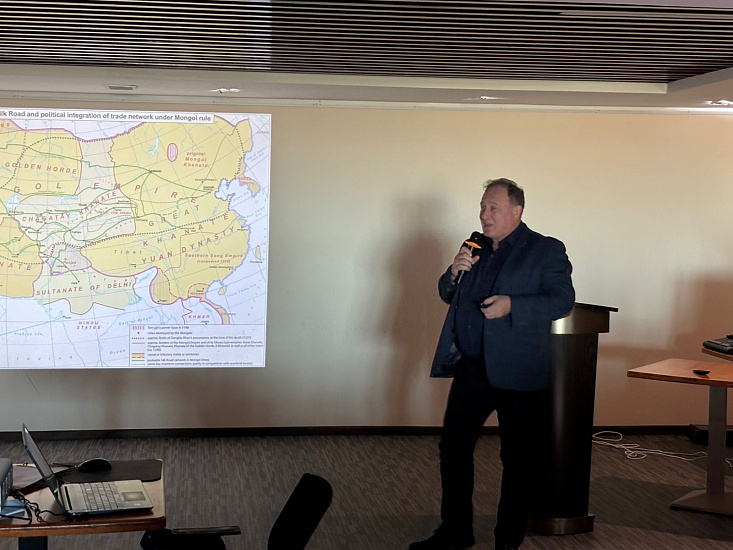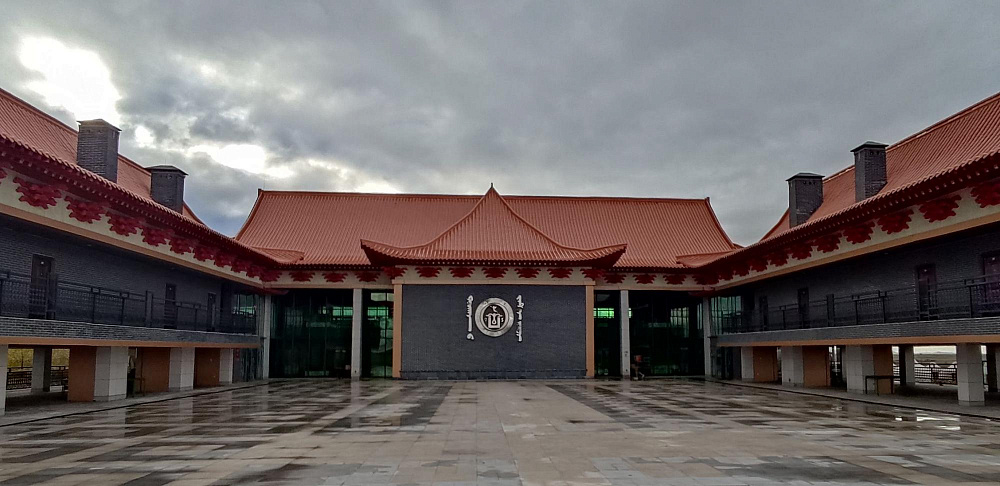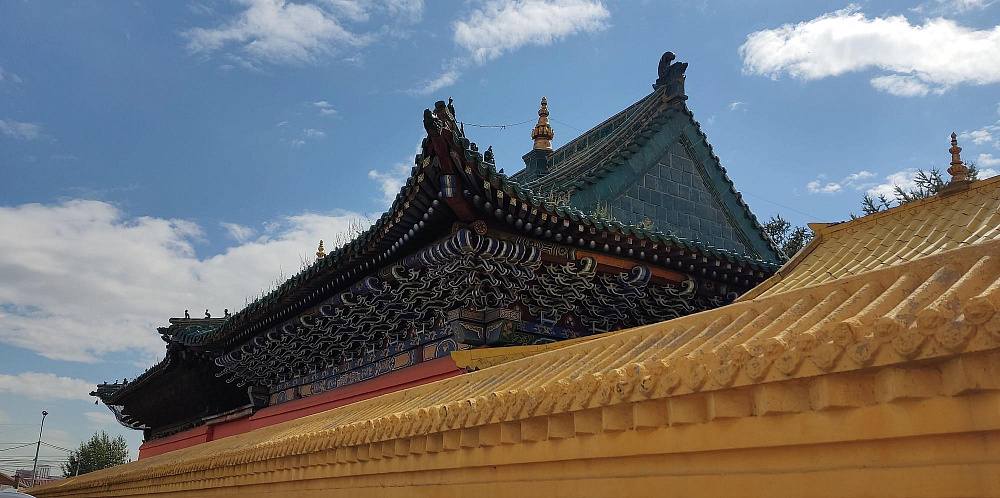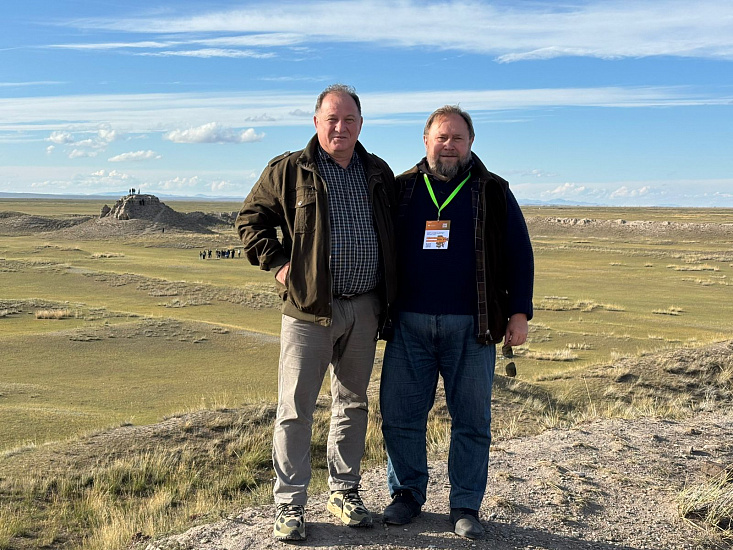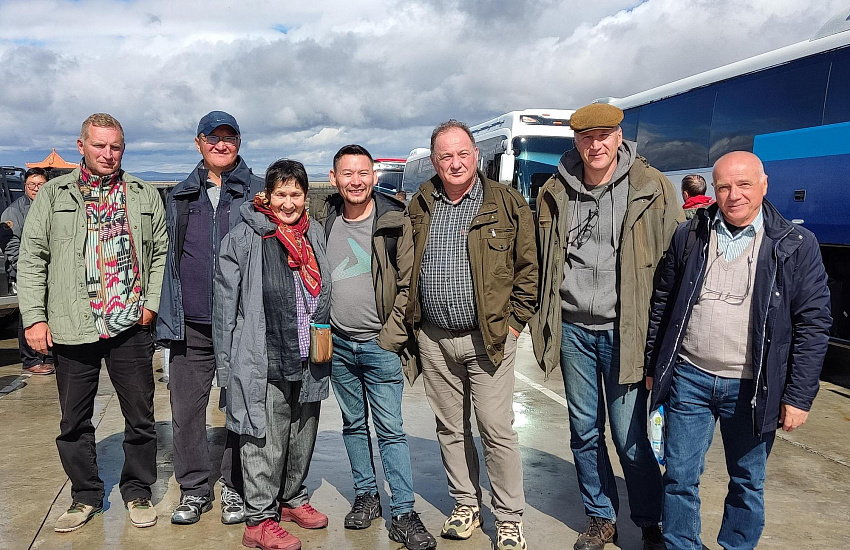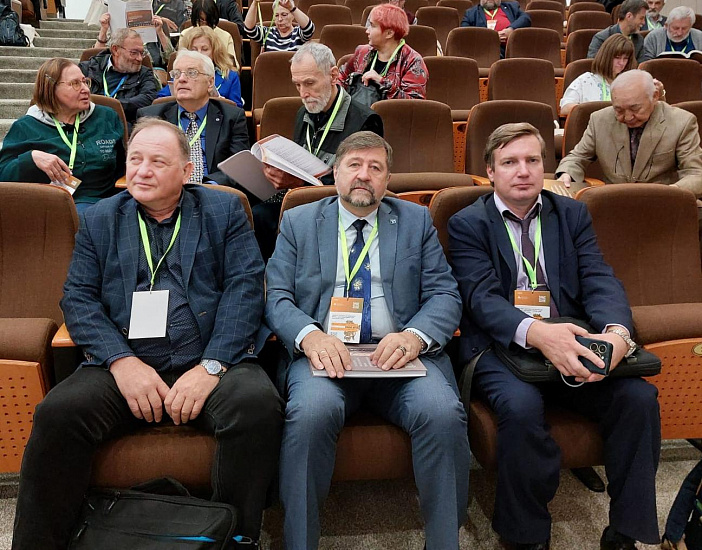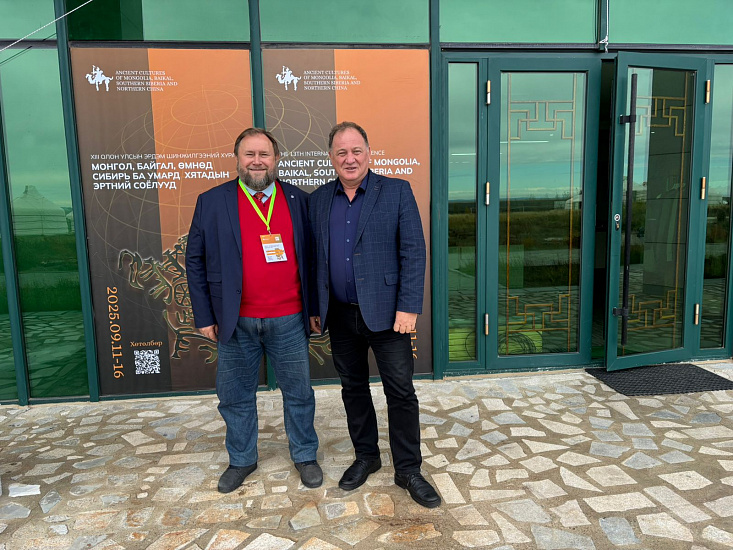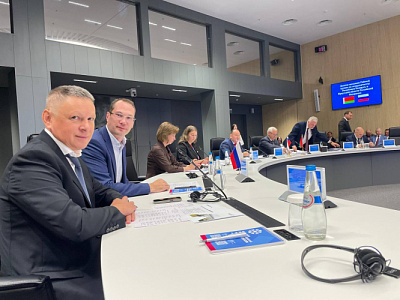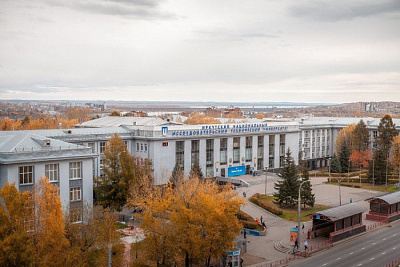INRTU Archaeologists Delivered Presentations at International Forum in Mongolia
INRTU archaeologists participated in the International Scientific Conference “Ancient Cultures of Mongolia, Baikal, Southern Siberia, and Northern China”. The INRTU scholars shared their excavation experience related to nomads and ancient inhabitants of the Baikal region. The forum was held in mid-September in Ulaanbaatar.
The conference was organized by the Institute of Archaeology of the Mongolian Academy of Sciences. The forum brought together over 150 scholars fr om Russia, Mongolia, China, South Korea, Japan, Kazakhstan, Belarus, France, the USA, and Germany. Irkutsk National Research Technical University was represented by staff from the Laboratory of Archaeology, Paleoecology, and Life Systems of Peoples of North Asia – Professors Artur Kharinskii and Aleksei Tetenkin, and Associate Professors Dmitrii Kichigin and Alexey Korostelev.
Artur Kharinskii spoke at the “Epoch of Nomadic Empires” section. The professor discussed the origins of the burial rites of Mongolian tribes during the “imperial period”. He noted that nomads were characterized by burials in wooden logs, with the deceased positioned “head to the north”. Such “Sayantui-type” burials are found in the Baikal region, southeastern Transbaikalia, and in the valleys of the Onon River, the upper reaches of the Kherlen and Tuul Rivers. However, until recently, the question of the origin of such cemetery types remained open.
Artur Kharinskii came closer to solving this puzzle in the spring of 2025 during a trip to Chita. He studied the archives of his colleague, historian and associate professor from Transbaikal State University, Evgeny Kovychev, dedicated to excavations of Khitan burial sites from the 10th-12th centuries. It turned out that certain elements in these burial sites linked them to their Mongolian counterparts.

“The Khitans are a nomadic people who founded the Liao Empire in China. Probably, as they moved north and built the eastern part of the Wall of Genghis Khan, they influenced the burial traditions of the local population. This is indicated by finds near the village of Duroi on the bank of the Argun, previously made by Evgeny Kovychev. These are burials wh ere the deceased were placed in wooden 'coffins,' near which clay vessels and parts of sacrificial animals were left. Since the burials belong to the Khitans, they likely introduced their burial rites, specific ceramic vessels, and influenced changes in the ethnic landscape of the area.
The presentation sparked a lively response, as questions about the formation of nomadic empires interest many, primarily Mongolians,” said Artur Kharinskii.
Aleksei Tetenkin spoke at the section dedicated to the Stone Age. He presented on the stone tool production culture at the “Kovrizhka IV” ancient human site in the Bodaybinsky District. The scientist focused on the 2024 excavations, during which he managed to find several tens of thousands of artifacts. These include stone tool production waste, scrapers, knives, bone-processing burins, stone flakes, and a fragment of a snow sheep jaw.

“This site exemplifies the stone tool production culture. This collection is the most representative in the entire history of excavations at ‘Kovrizhka’,” explained Aleksei Tetenkin.
Following the expedition, the INRTU scholar and his colleagues conducted a series of analyses. For instance, Svetlana Shnaider (Institute of Archaeology and Ethnography of the Siberian Branch of the RAS, Novosibirsk) applied a methodology new to Russia, ZooMS (Zooarchaeology by Mass Spectrometry). This method, based on the study of bone crumbs, allows for the identification of animal species. Traceological studies of the artifacts under a microscope were entrusted to Pavel Moroz from Transbaikal State University (Chita). Their colleague Elena Demonterova from the A.P. Vinogradov Institute of Geochemistry of the Siberian Branch of the RAS, undertook geochemical research.
“We are waiting for all analyses to be completed and the results summarized. After that, we will prepare a large-scale article,” added Professor Aleksei Tetenkin.Associate Professor Dmitrii Kichigin spoke about the “Sayansk Expedition”, which took place in the Okinsky District of Republic of Buryatia in 2024. There, the team under his leadership discovered a burial dated to the 13th-14th centuries AD. In the Late Medieval burial site, they found remains of a birch bark quiver, a saddle, a stirrup, and fragments of metal and bone items. The rare shape of the stirrup generated significant interest among scholars and became one of the topics actively discussed at the conference.
Associate Professor Alexey Korostelev spoke at the section dedicated to the Iron Age. His presentation focused on excavations on Olkhon Island. There, the INRTU scholar discovered the burial of a teenager, which contained bronze plaques executed in the “animal style”. Such finds are relatively rare in the Baikal region and speak volumes about the active contacts of its population with inhabitants of more southern regions.
The forum’s cultural program included a trip to Kharkhorin – the ancient capital of Mongolia, and Khar Balgas – the main city of the Uyghur Khaganate.
